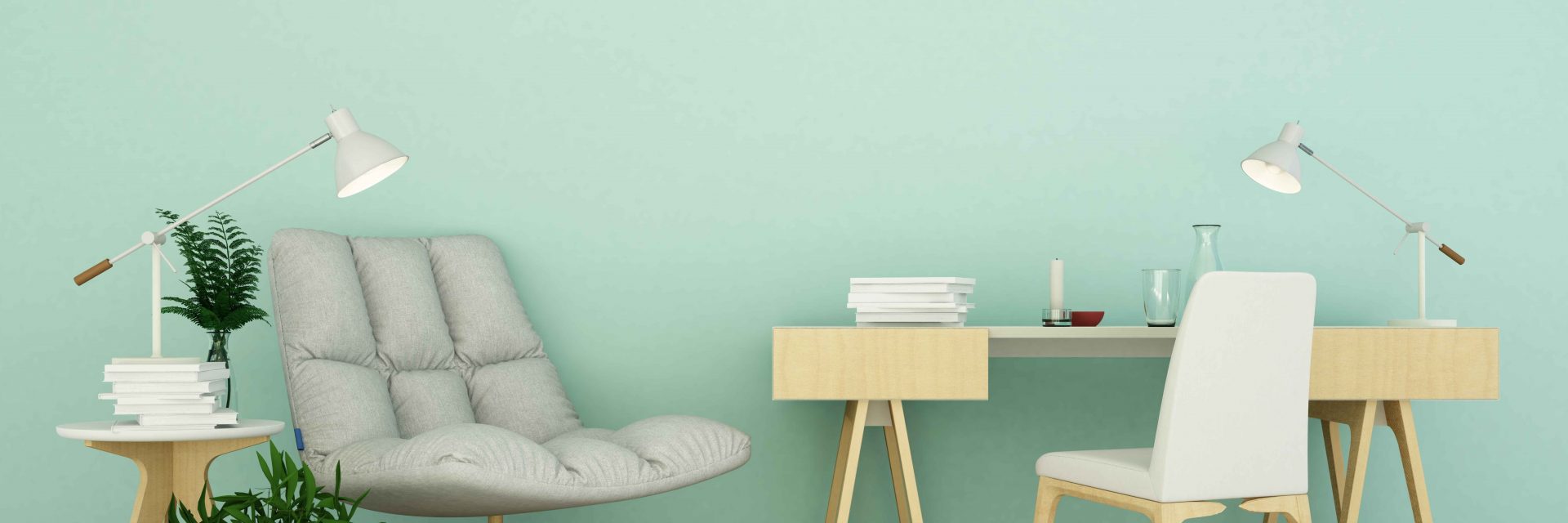Expanding Tiny Environments: Artistic Approaches To Produce An Understanding Of Space
Expanding Tiny Environments: Artistic Approaches To Produce An Understanding Of Space
Blog Article
Post Composed By-
In the world of interior decoration, the art of maximizing tiny areas through critical paint techniques supplies an extensive opportunity to change confined areas right into visually expansive refuges. The cautious choice of light shade combinations and clever use of optical illusions can work marvels in creating the impression of space where there seems to be none. By utilizing these strategies sensibly, one can craft an environment that opposes its physical limits, welcoming a sense of airiness and visibility that conceals its actual measurements.
Light Shade Selection
Selecting light colors for your painting can significantly improve the illusion of area within your art work. Light colors such as soft pastels, whites, and light grays have the capability to reflect even more light, making an area really feel more open and airy. These colors develop a sense of expansiveness, making walls show up to decline and ceilings seem greater.
By using https://www.christianpost.com/news/republican-lawmakers-demand-uncovering-of-jesus-painting.html on both wall surfaces and ceilings, you can blur the borders of the space, giving the perception of a bigger location.
In addition, light shades have the power to jump natural and man-made light around the area, brightening dark corners and casting fewer shadows. This effect not just adds to the overall roomy feel however also produces an extra inviting and lively environment.
When choosing light colors, think about the undertones to ensure consistency with various other elements in the area. By strategically incorporating light colors right into your painting, you can change a confined area into an aesthetically larger and much more welcoming atmosphere.
Strategic Trim Paint
When intending to create the illusion of room in your painting, strategic trim painting plays a crucial role in specifying boundaries and enhancing depth perception. By tactically picking the shades and coatings for trim work, you can properly control just how light interacts with the space, inevitably affecting how huge or little a room really feels.
To make a space appear larger, think about repainting the trim a lighter shade than the walls. This contrast develops a sense of depth, making the wall surfaces decline and the space really feel even more expansive.
On the other hand, painting the trim the same shade as the wall surfaces can create a seamless look that obscures the sides, giving the impression of a constant surface and making the limits of the room less defined.
In https://interior-home-painters-ne32097.like-blogs.com/29975954/the-scientific-research-of-home-redesign-comprehending-the-worth-of-expert-residence-painters , utilizing a high-gloss surface on trim can show extra light, additional improving the understanding of area. Alternatively, a matte finish can soak up light, producing a cozier environment.
Carefully considering these details when repainting trim can considerably affect the general feel and regarded size of an area.
Optical Illusion Techniques
Utilizing visual fallacy techniques in painting can effectively alter perceptions of depth and space within a given setting. Highly recommended Web-site is making use of slopes, where shades transition from light to dark tones. By applying a lighter color on top of a wall surface and gradually darkening it in the direction of the bottom, the ceiling can show up higher, creating a sense of upright area. On the other hand, painting the floor a darker color than the walls can make it seem like the room expands even more than it actually does.
One more optical illusion technique entails the strategic positioning of patterns. Straight stripes, for example, can aesthetically broaden a narrow area, while upright stripes can extend a space. Geometric patterns or murals with point of view can also fool the eye right into perceiving more depth.
Furthermore, including reflective surfaces like mirrors or metal paints can bounce light around the room, making it really feel extra open and spacious. By masterfully using these optical illusion methods, painters can transform tiny areas right into visually expansive locations.
a & e painting , strategic painting methods can be used to make best use of little areas and develop the illusion of a larger and much more open area.
By picking light colors for wall surfaces and ceilings, utilizing lighter trim shades, and including optical illusion methods, perceptions of depth and dimension can be adjusted to change a tiny area into an aesthetically larger and much more inviting setting.
